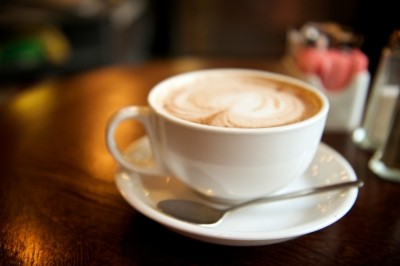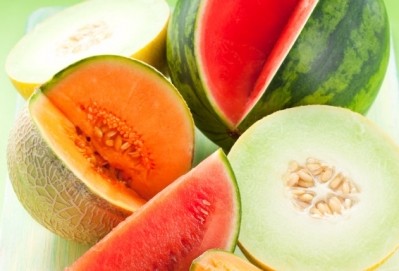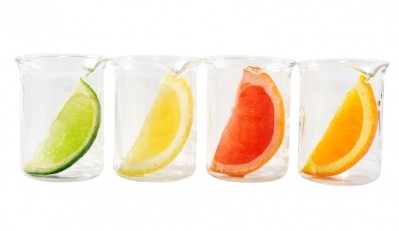Taste beyond the tongue: How do other senses influence flavour?
This content item was originally published on www.foodnavigator.com, a William Reed online publication.
Spence is head of the Crossmodal Research Laboratory at Oxford University where he has worked with some of the world’s largest food companies to develop products that effectively stimulate consumers’ senses.
At the recent Food Vision event in Cannes he spoke about ‘superadditivity’ – when different senses combine to enhance the taste of a food or drink – and ‘subadditivity’, when different sensory experiences clash, leading to a less enjoyable experience.
Subadditivity for food manufacturers might mean that the colour of their product or packaging suggests a certain flavour for consumers, but the actual flavour doesn’t match, leading to an unpleasant experience. Superadditivity might mean changing the texture of the packaging or product, or ensuring the colour of the product matches expectations, thereby enhancing the flavour.
“Are those expectations the same for somebody in Nice or Cannes as they are in the UK, or as they are in New Zealand or Australia, or in fact do those colours mean very different things in terms of the flavours we expect?” he asked.
“Sometimes we find commonalities. Sometimes we find differences. No matter how it turns out I think it’s going to be of interest for the food manufacturer to say ‘how can we capture the attention in the first instance?’, and then ‘how can we make sure those expectations about flavour are carried through to the actual experience?’”
Spence, along with Professor Barry Smith, founding director of the Centre for the Study of the Senses at the University of London, asked attendees to taste wines with – and without – other sensory cues, including in a black glass to prevent visual assessment of the wine, with different music playing in the background, and while feeling various textured cloths.







